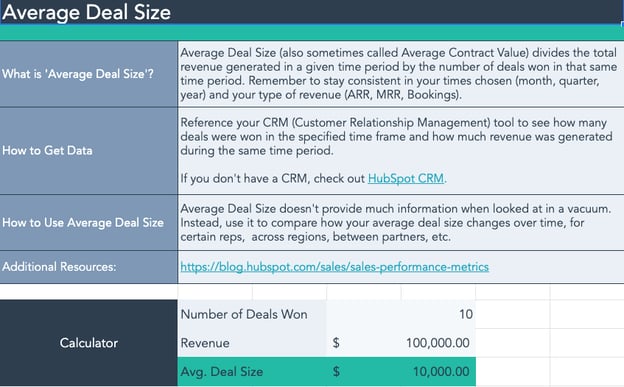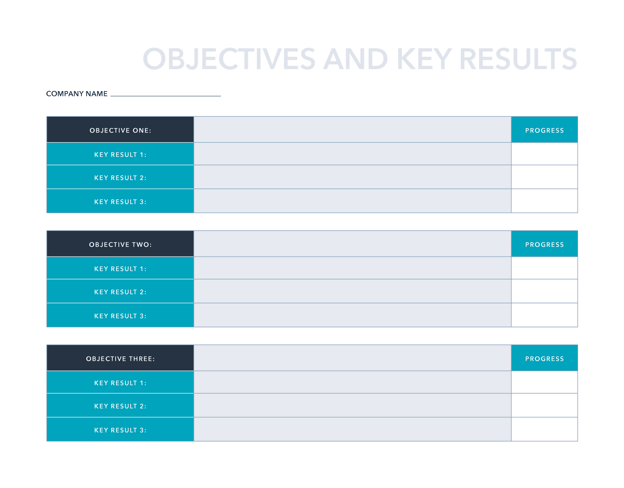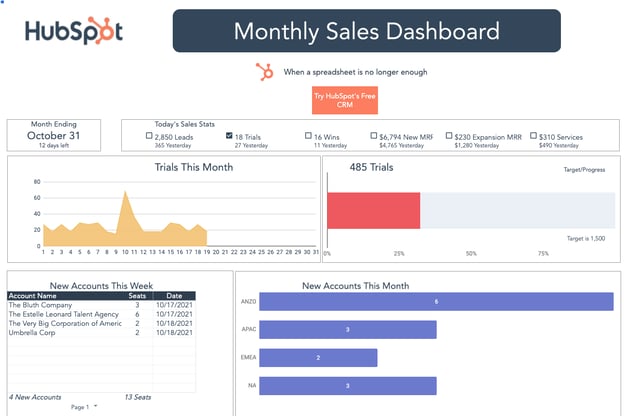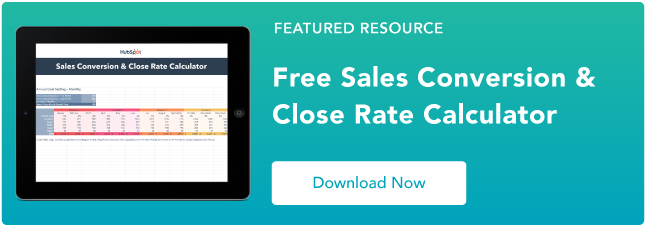 “It ain’t what you don’t know that gets you into trouble. It’s what you know for sure that just ain’t so.” – mostly credited to Mark Twain
“It ain’t what you don’t know that gets you into trouble. It’s what you know for sure that just ain’t so.” – mostly credited to Mark Twain
Robert Rose and I will launch our combined sixth book, Killing Marketing: How Innovative Businesses Are Turning Marketing Cost into Profit, at Content Marketing World this September. The book’s key idea makes a case that the majority of businesses approach marketing entirely the wrong way … and that we need to kill the marketing we know and replace it with a new approach: marketing as a profit center.
Below is an excerpt from the introduction of the book. Robert and I truly believe that tomorrow’s businesses are in the process of transforming marketing into something completely new and different, and that building audiences and monetizing those audiences are the future of our practice. Enjoy!
Reprinted with the permission of Joe Pulizzi and Robert Rose in association with McGraw-Hill Education.
In the 1970s, Israeli psychologists Danny Kahneman and Amos Tversky wrote a research paper titled “Belief in the Law of Small Numbers”. The findings were that even professional academics mistook a very small part for the whole when making decisions. For example, even though flipping a coin is always a 50/50 proposition, if a subject was to flip it 100 times, but the first two times turned up heads, the subject would believe that the majority of flips would turn up heads – at least higher than the true probability. This is also known as the “gambler’s fallacy” where in Roulette we see red or black running hot, and we begin to think that red or black is more likely to occur, when statistically, it’s not.
As human beings, the more we see something, the more this becomes our reality, regardless of whether our sample size is too small to draw any real conclusions.
In the mid-1980s, Don Redelmeier was assigned to Sunnybrook Hospital just outside Toronto to serve as a check against certain hospital decisions. Specifically, Redelmeier was brought in to question each doctor’s diagnosis and provide feedback as to the probability the doctor was correct.
Obviously, this was something that the Sunnybrook doctors were not fans of … at first. Where did a generalist from the trauma center (Redelmeier) get the right to question a qualified physician?
But Redelmeier, and others like him, found that doctors “… had exaggerated confidence based on their expert experience.” Simply put, doctors would see problems and solutions around their core expertise, and would often times ignore other signals where they were not as familiar.
The problem was not what doctors didn’t know, it’s what they knew that would get them into trouble.
In November of last year, I took my son Adam to a high school open house. While he was taking a few of the sample classes during the morning sessions, I was doing the same with a group of parents. My first class of the day was called the “Theory of Knowledge”.
The assignment was simple: view a painting of a building and discuss what you “know” about the painting. Our group tried to discern when it was created, whether it was real or fictitious, and, if it was real, was it a famous place?
Once the discussion was completed, the instructor told us that the painter was Adolf Hitler. From that moment on, everything about the conversation was immediately altered. A few people even became emotional upon hearing this information. The truth was, once the majority of the class found out this one piece of information, they could no longer view it as a piece of art.
What the class “knew” could never be undone and would affect their perception of that piece of art, and perhaps others like it, forever.
Does What We Know Hold Us Back in Marketing?
No, this is not a psychology, medical, or art history book, but the previous examples are definitely applicable. For the past 20 years, Robert and I have worked with CEOs, chief marketing officers, VPs of sales and marketing, and marketing practitioners from brands around the world. In each case, some part of their marketing and/or sales process was broken.
We go in, we analyze, we advise and (hopefully) compel these marketers and sales professionals to fix what they can with the resources they have. But what we’ve realized in the past few years has become, to say the least, disturbing.
Combined, this book, Killing Marketing, is our sixth such effort. Normally when creating the work-product such as a book, we start with the answer to a question. For example, in my 2013 book Epic Content Marketing, I talk about how marketers can build loyal and profitable relationships with customers by delivering consistently valuable content in order to drive sales. In 2015, Robert (with Carla Johnson) wrote the book Experiences: The 7th Era of Marketing, which outlines an approach on how content-driven experiences can be created, managed, scaled, promoted, and measured in today’s business environment.
This book, however, does not start with an answer … it begins with questions … questions that Robert and I are desperate to find the answers to.
What if what we’ve been taught or experienced in marketing doesn’t show us the full picture?
What if we’ve limited our view of marketing to one area (what we know), and that is not allowing us to see the full potential of what can be accomplished (what we do not know yet)?
What if placing marketing solely in the marketing department is killing the approach of marketing as a strategic business process?
In other words, what if everything we KNOW to be true about marketing is actually what’s holding back our business?
What if everything we know about #marketing is actually what’s holding back our business, asks @joepulizzi.
Click To Tweet
The Day Hollywood Changed
Let’s try to make this more tangible with a popular movie example.
American Graffiti, still today, is one of the most profitable movies of all time. The film grossed over $140 million USD at the box office; it was made on a budget of less than $1 million. After the success of Graffiti, director George Lucas was in demand, and he started pitching his next venture, a science fiction movie called “Star Wars,” to Hollywood studios.
At the time, Hollywood was seeing a number of science fiction flops, and the industry did not see Star Wars as a bankable concept. Ultimately, 20th Century Fox decided to take a chance on the film. Still, the executives at Fox were sure the movie was going to be a flop and decided to let Lucas pass on an additional $500,000 directing fee in exchange for full licensing and merchandising rights. The studio believed they just saved a half-million dollars with no downside.
From 1977 to 2015 (before the Disney release of Star Wars: The Force Awakens), Star Wars movies pulled in just over $5 billion in ticket sales. During that same period, merchandising sales were $12 billion.
That’s right … 20th Century Fox sold off merchandising rights to George Lucas for pennies and lost out on a vast majority of the franchise revenue. They believed, as most of Hollywood insiders did at the time, that you make money from movies on ticket sales. Period.
George Lucas looked at the business in an entirely different way, and changed the industry forever.
Is it possible that the majority of CEOs and chief marketing officers are looking at marketing based on their own limited references (what they believe to be true about marketing), and not seeing the full potential (what they may not know), like the Hollywood insiders did? Are they killing their marketing from the inside without being aware of it?
Do CMOs see #marketing based on their limited references & fail to see the potential, asks @joepulizzi.
Click To Tweet
The Purpose of Marketing
In one of his 70 books on marketing, famed marketing professor Philip Kotler explained that the “mantra of marketing was CCDVTP.” It was an acronym that suggested that the core function of marketing should be to:
C: CREATE. C: COMMUNICATE AND D: DELIVER. V: THE VALUE. T: TO THE TARGET MARKET. P: AT A PROFIT.
Now, of course, the “profit” that Kotler speaks about is the idea that marketing should ultimately drive more sales of product than it should create costs in order to facilitate those sales. This is what marketers call return on investment (ROI) of marketing.
Most of our marketing in the past 50 years has revolved around advertising, or renting space in channels to garner attention and, hopefully, change consumer behavior. But over the past decade, innovative enterprises have found a “new” way to deliver value to their target markets, by creating relevant and compelling content, gearing it toward specific audience groups, and then, over time, seeing positive behavior changes in the audience which, ultimately, are profitable to the business (this approach is called content marketing). Although the approach is relatively new to most organizations, the goals have remained the same.
In general, enterprises create and distribute non-product-related content to impact the business in three ways:
- Increase revenue (sales goal or winning customers)
- Save costs (savings goal or creating customers at a lower cost)
-
Create more loyal customers (retention goal or keeping customers)
Non-product #content can increase revenue, save costs, create more loyal customers, says @joepulizzi.
Click To Tweet
But, recently, there’s a new approach that has businesses re-evaluating the entire function of marketing.
A Fourth Model: Marketing as Profit Center
I had an opportunity to hear Robert Sperl, editorial director of Red Bull’s magazine Red Bulletin, explain the origin of Red Bull Media House. In 2005, the beverage giant was a major sponsor of Formula 1 racing. They had a simple goal for one of the races: to deliver a printed guide to exiting fans with the race results immediately following the race.
Prior to each race, the Red Bull editorial team gathered insider stories about the drivers and fun facts about the history of each race, and then assembled and printed the bulk of each magazine before the race began. To complete the magazine and add the race results, they lugged a 1-ton Heidelberg press to each track. As soon as the race was over, they quickly printed the results on the Heidelberg and distributed the magazines to attendees as they were leaving the race — an astounding feat done in almost record time.
Two years later, Red Bull decided to evolve the race publication into a men’s lifestyle magazine. It launched what became Red Bulletin in five countries, with 70% international and 30% localized content. Today, Red Bulletin magazine is published in five languages and is distributed in 10 countries. It prints and distributes over two million copies each month, including 550,000 mailed to paid subscribers.
 Image source
Image source
The Red Bulletin is not measured by the number of Red Bull cans it sells, or how it persuades Red Bull customers to buy and drink more. It is measured just like a media company — Red Bull Media House enters into initiatives that are profitable on their own merit, just like The Washington Post, CNN, or the Financial Times.
Today, Red Bull Media House is one of the world’s most successful media companies. What started as a simple magazine has evolved into TV series, documentaries, world-class events, a music studio, merchandising, and they even license their content to traditional media companies like The New York Times.
.@RedBull mag evolved into TV series, events, music studio, merchandising & licensed content @JoePulizzi.
Click To Tweet
While other enterprises were dabbling in media as, at best, a side project, how did Red Bull see this opportunity? Simple … Robert Sperl, and the majority of the other members of the Red Bull media staff, came from the publishing and media industry. Like George Lucas, the Red Bull content team saw the business model in front of them as a natural progression, instead of looking past it as so many marketers did before them.
Today, the Red Bull Model is being replicated in varying degrees across the business spectrum. Business-to-business (B2B) companies, business-to-consumer (B2C) companies, and even not-for-profits are starting to realize that as they focus on creating valuable and engaging content – a new model appears: marketing as a profit center.
Can we actually move marketing from the cost line of the financials to the revenue line? Can marketing actually serve multiple business models?
Our book – Killing Marketing – presents an entirely new business model for marketing, one that both leverages the disruptive forces facing marketing and advertising as it also fundamentally changes the purpose of marketing in the business. Like the Hollywood insiders falling down on Star Wars’ merchandising revenue, we believe marketers are, in most cases, blind to this new opportunity.
A few are starting to see that, to be successful, we need to kill our old marketing beliefs to discover a new model.
Cloud CRM giant Salesforce holds an event in San Francisco every year called Dreamforce. It is one of the most valuable physical events in the world, drawing in over 150,000 people and hundreds of sponsors each year.
Johnson & Johnson operates BabyCenter.com as a completely separate division of the company. BabyCenter reaches more than 45 million parents a month from every corner of the globe through its 11 owned and operated properties in nine different languages. Eight of every 10 U.S. mothers use BabyCenter.
LEGO’s The LEGO Movie was created as a for-profit initiative. On a $60 million budget, worldwide grosses of the movie totaled nearly a half-billion dollars.
These examples are just the tip of the iceberg, often barely noticeable to marketers or even dismissed as irregularities or luck. But in the near future, this model will be the rule, not the exception, for every innovative company on the planet.
#Marketing as a profit center will be rule, not exception, for every innovative company, says @joepulizzi.
Click To Tweet
Driving Value Outside of Products
According to SiriusDecisions, there is a 1-in-25 chance to reach a C-level executive through outbound marketing. There must be a better way.
There is a 1-in-25 chance to reach a C-level executive through outbound marketing via @siriusdecisions.
Click To Tweet
We’re beginning to see the signs of that better way.
In 2016, both Pepsi and Mondelez announced the launch of media divisions. In both cases, the marketing leaders at these organizations talked openly about a portion of their media being self-sustaining or even profitable.
A few months later, electronics manufacturing powerhouse and Fortune 500 enterprise Arrow Electronics acquired a number of B2B media brands from UBM, one of the largest media and event companies in the world (and parent company of CMI). Not only has Arrow purchased amazingly valuable subscriber lists and editorial talent, but it also purchased standalone marketing that is profitable unto itself.
Red Bull, Johnson & Johnson, and Arrow Electronics still market their products like other organizations, including advertising and traditional public relations. But these enterprises, through their content-driven and audience-building initiatives, drive value outside the day-to-day products they sell, and are monetizing it directly. They are, in every sense of the word, “media” companies.
Of course these initiatives sell more cans, more baby formula, and more electrical components. The delivery of amazingly helpful content keeps customers longer, keeps them buying more, and even helps new customers close faster. The engagement in the content reveals deep insight about customer behavior, and leads to the development of new products and services. All that, and the marketing pays for itself, and even generates a profit for the business.
Delivery of helpful content keeps customers longer, buying more, & new customers close faster. @joepulizzi
Click To Tweet
This is the future of IBM, of General Motors, of Cisco Systems … creating owned media that can not only generate more leads and opportunities, but is so good that the marketing pays for itself.
Killing Marketing will be released in September at Content Marketing World, and will be available at bookstores everywhere. We hope you can join Joe and Robert at CMWorld this year for their launch party at the event. Register today for the Sept. 5-8 event. Use code BLOG100 to save $100.
Cover image by Joseph Kalinowski/Content Marketing Institute
The post What If What We Know About Marketing Is What’s Holding Us Back? appeared first on Content Marketing Institute.


 “It ain’t what you don’t know that gets you into trouble. It’s what you know for sure that just ain’t so.” – mostly credited to Mark Twain
“It ain’t what you don’t know that gets you into trouble. It’s what you know for sure that just ain’t so.” – mostly credited to Mark Twain


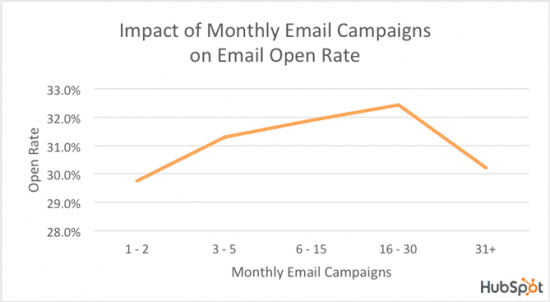
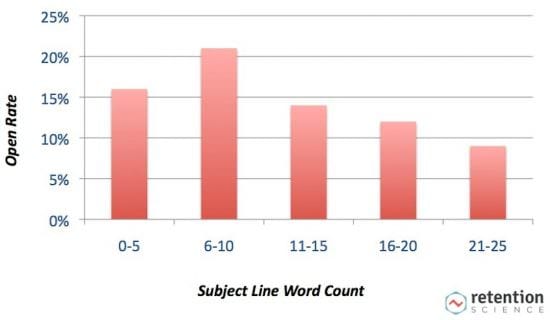
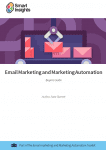
 Thanks to
Thanks to 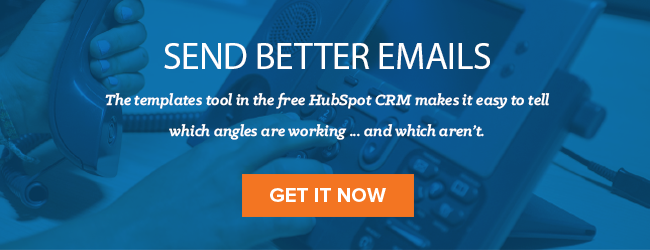














































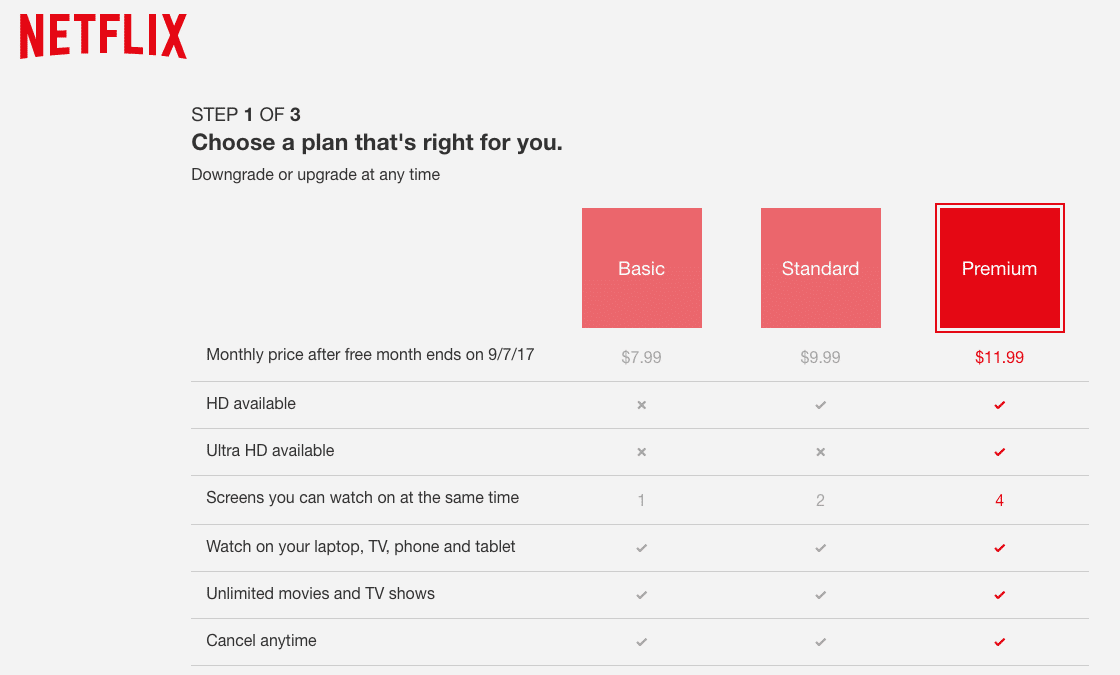

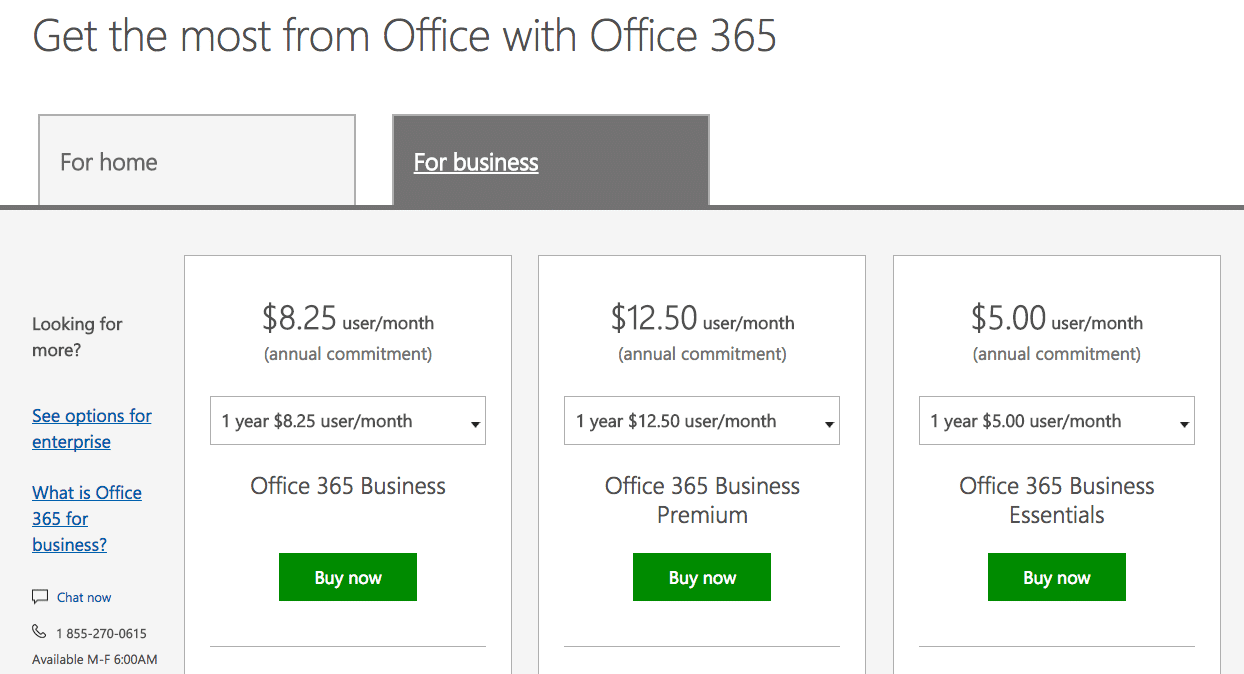
 revenue, although some are much larger. As such, there are plenty of multiple hat-wearers involved. The marketing director is usually the owner, or someone else who counts a few other things as their primary responsibilities.
revenue, although some are much larger. As such, there are plenty of multiple hat-wearers involved. The marketing director is usually the owner, or someone else who counts a few other things as their primary responsibilities. restaurants or some retail verticals, that email style significantly increases long term unsubscribe rates, and reduces open rates. At best, customers ignore those emails.
restaurants or some retail verticals, that email style significantly increases long term unsubscribe rates, and reduces open rates. At best, customers ignore those emails.

![Download Now: Sales Conversion Rate Calculator [Free Template]](https://no-cache.hubspot.com/cta/default/53/059a7eef-8ad9-4bee-9c08-4dae23549a29.png)



